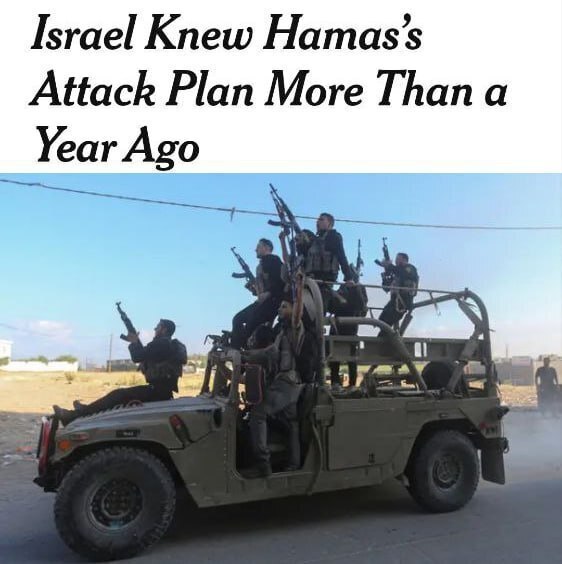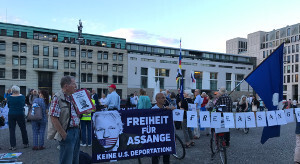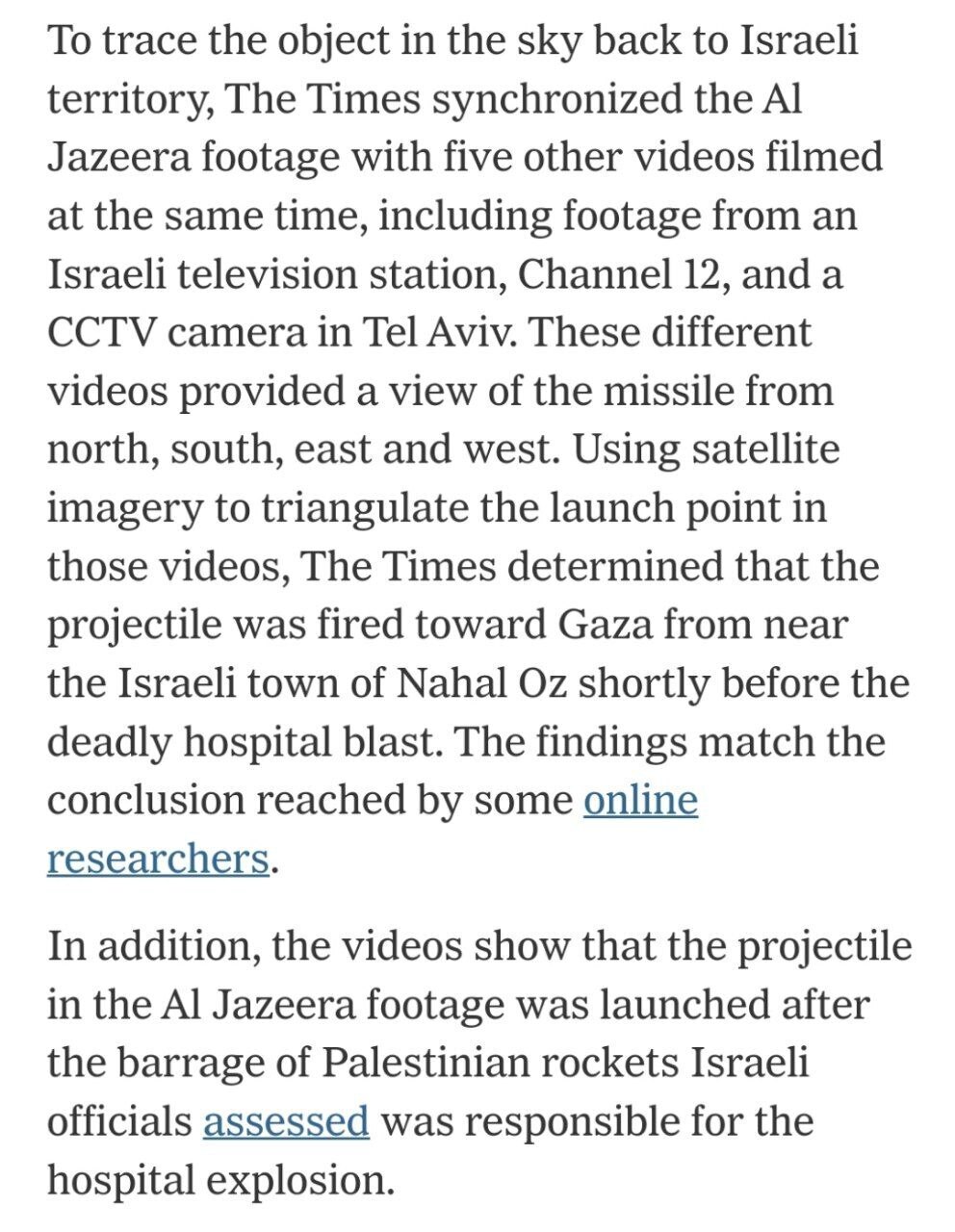NYT: A General’s Account of Oct. 7 Battle for Be’eri Stirs Debate in Israel
The commander told The New York Times about how he had authorized Israeli tank fire on a house where hostages were being held by Hamas fighters.
At least 97 civilians were killed on Oct. 7 in the village of Be’eri in southern Israel.Credit...Ilan Rosenberg/Reuters
By Aaron Boxerman, Natan Odenheimer and Ronen Bergman
Dec. 27, 2023
Updated 2:30 p.m. ET
The Israeli military said it would review the circumstances of an Oct. 7 battle to retake a village from Hamas fighters, after a New York Times investigation featuring new details about Israeli tank fire on a house where hostages were being held stirred debate in Israel.
At least 97 civilians were killed in the village of Be’eri after Hamas and its allies surged across the border from Gaza on Oct. 7. Scores of gunmen ransacked neighborhoods in Be’eri and set fire to homes, killing many of those they found inside and abducting others.
Israeli news outlets had previously quoted survivors of the massacre saying that an Israeli tank had fired on a house where Hamas fighters were holding hostages during the lengthy battle to retake Be’eri. In an article published on Friday by The New York Times, the Israeli commander who led the fight detailed how he had authorized tank fire to end what was already an hourslong standoff — “even at the cost of civilian casualties.”
Those remarks have been picked up by the Israeli news media and prompted some public debate about the conduct of the commander, Brig. Gen. Barak Hiram. Only two out of the 14 hostages in the house survived that day; it was not clear how many died by tank fire.
Some people have defended General Hiram, saying he had run into the line of fire to fight terrorists. Critics have said that the commander had recklessly endangered the lives of hostages who might otherwise have been saved.
General Hiram, through a military spokeswoman, declined to comment.
In a written statement on Sunday in response to questions regarding General Hiram’s conduct, the Israeli military said it would “conduct a detailed and in-depth probe to clarify the details as soon as the operational situation permits.” It called General Hiram “a decorated, principled, and respected officer, who fought bravely on Oct. 7,” sentiments echoed by the Israeli military’s chief spokesman, Rear Adm. Daniel Hagari, on Sunday evening.
Admiral Hagari said the Oct. 7 assault had forced “very tough decisions” which would have to be investigated as soon as possible. He urged the public not to judge General Hiram’s conduct before the inquiry was complete, adding that he was “sure Barak’s decisions were guided by his commitment to defending the citizens of Israel.”
Israel’s finance minister, Bezalel Smotrich, on Sunday also called General Hiram “a hero of Israel” who had been forced to make difficult choices to fend off the Hamas attack.
Yoav Limor, a military commentator, argued in the right-leaning daily Israel HaYom that people who “sat at home and watched the broadcasts in terror” on Oct. 7 should not rush to criticize General Hiram and his fellow soldiers who “fought for the kibbutzes and for us all.”
But some commentators blamed General Hiram for the deaths of the hostages.
“The heroes of Israel ought to protect the children of Israel, not to kill them,” Shelly Yachimovich, a former leader of Israel’s parliamentary opposition, wrote on the X platform on Sunday. “Who am I to judge? Who is he to kill.”
Yair Golan, a retired Israeli general, said that only an investigation could determine whether General Hiram — who at one point served under his command — had acted appropriately.
“It’s not serious to discuss this without a serious investigation, and I very much hope there will be one,” said General Golan.
Johnatan Reiss contributed reporting.
Ronen Bergman is a staff writer for The New York Times Magazine, based in Tel Aviv. His latest book is “Rise and Kill First: The Secret History of Israel’s Targeted Assassinations,” published by Random House. More about Ronen Bergman
https://web.archive.org/web/20231227194929/https://www.nytimes.com/2023/12/27/world/middleeast/israel-beeri-hiram-hamas.html
#Israel #Palestine #Hamas #October7 #IDF #Gaza #Politics #NYT #Investigation #GazaWar
![]()














